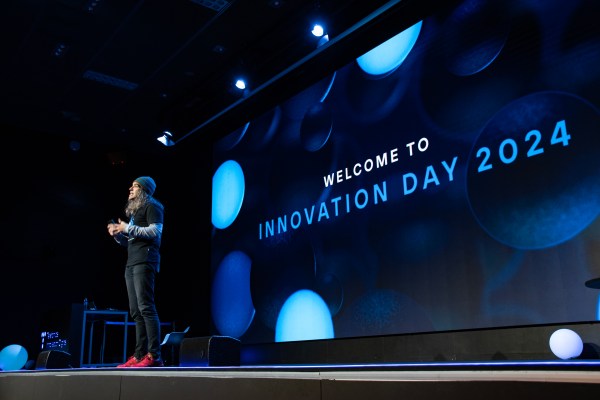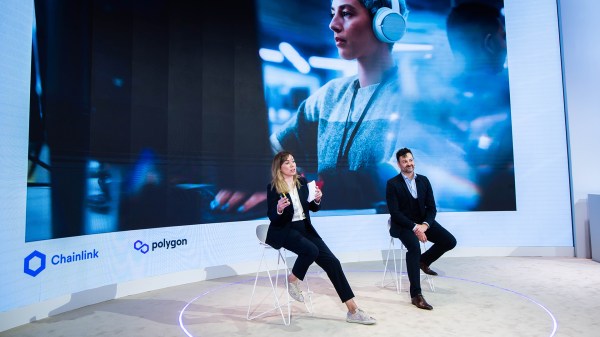The technological world is extraordinarily dynamic, and many researchers are already claiming the arrival of a new digital era: Web 3.0. This concept has been formed from a set of ideas about what the web of the future should look like, but it does not have an exact definition. To put this new digital environment into context, it can be explained through the 5 most relevant web 3.0 applications and examples.
What is Web 3.0?
Web 3.0 is related to the semantic web, and its main objective is to democratise the digital environment. It does this by automatically filtering the data so that the machines can effectively understand the natural meaning of the information. Thanks to this software interpretation, users and technology teams can communicate quickly, accurately and efficiently.
As Web 3.0 is linked to Artificial Intelligence most websites developed with this technology have the ability to connect with each other, taking into account the user’s interests and goals. In addition, experts aim to create a personalised space for each user. In this way, the internet will be filled with unique browsing experiences.
Outstanding features of Web 3.0
Although there is no concrete definition, there are some very significant characteristics:
Intelligence: Web 3.0 aims to create a model for classifying pages by means of a tagging system so that search engines can find and understand information. This would allow users to access the website in their own language without having to enter passwords.
Ease: it usually takes some time for users visiting a website to adapt to it. The aim is now to standardise the pages in order to homogenise functions and facilitate navigation.
Three-dimensionality: this technology aims to incorporate three-dimensional spaces into users’ daily lives. With it, new devices appear to make it easier to move around the web, leaving behind the traditional keyboard and mouse.
Open: free software, standards and Creative Commons licences are commonplace in the digital environment, to further promote the free distribution of information. It therefore works towards the democratic use of information.
Web 3.0 main applications
While some of this technology is still under development, it is also important to know that Web 3.0 applications have already materialised.
Machine learning
In recent years, Artificial Intelligence has gained a great deal of prominence. Both are linked to the Web 3.0 concept, a significant example being assistants such as Siri. Thanks to automatic natural language processing, the intelligent assistant can analyse, speak and interact with users. Machine learning is also used alongside other technological tools such as the Internet of Things (IoT) and Big Data to process large amounts of data.
Blockchain: Web 3.0 has helped develop the most secure mathematical structure for users, the Blockchain. This technology is designed to store data in such a way that it is almost impossible to falsify it. It is a public electronic ledger that can be freely shared among diverse users and creates an immutable record of their transactions. The Blockchain provides an ultra-secure network, as data is transmitted in encrypted form. Blockchains are efficient, fast and drive the development of smart contracts.
Non-fungible tokens (NFTs)
The NTFs are a form of cryptography, and each NFT is unique and non-transferable. In addition, they are linked to digital or physical assets, and therefore have ownership and property. Their growth is currently very important in areas such as art or fashion, however, they are not currently regulated by any authority or legal institution.
Metaverse
The metaverse is another application that will interface with this semantic web, as it is an overview of what the Web 3.0 interface will look like. Primarily, it will rely heavily on Virtual Reality, VR, and Augmented Reality, AR, to create an immersive experience, blending digital elements with the natural world.
Cryptocurrencies
The supply of cryptocurrencies is another well-known application and are known as Web 3.0 tokens. Its main objective is to give users greater control over their digital content with the help of a centralised infrastructure. Currently, digital currencies are not controlled by any government, except in El Salvador, central authority or banking institution. Cryptocurrencies use blockchain technology to record the number of coins in existence and who holds how many.
Most relevant Web 3.0 examples
After learning about the applications, these are the most relevant examples:
- Quintura: is a new search engine based on relational search. Through a cloud of tags and collected terms, it facilitates navigation to other concepts of interest.
- Gnoss: is a platform created in Spain with the aim of designing a digital identity for each person that can be used to identify them in any environment. Its main current incorporation has been in companies.
- Obsidian Secure Messenger: belongs to the platform Obsidian Platform based on Blockchain and available for Android devices. Its interface is similar to a chat room, but users can also exchange tokens to be contacted.







